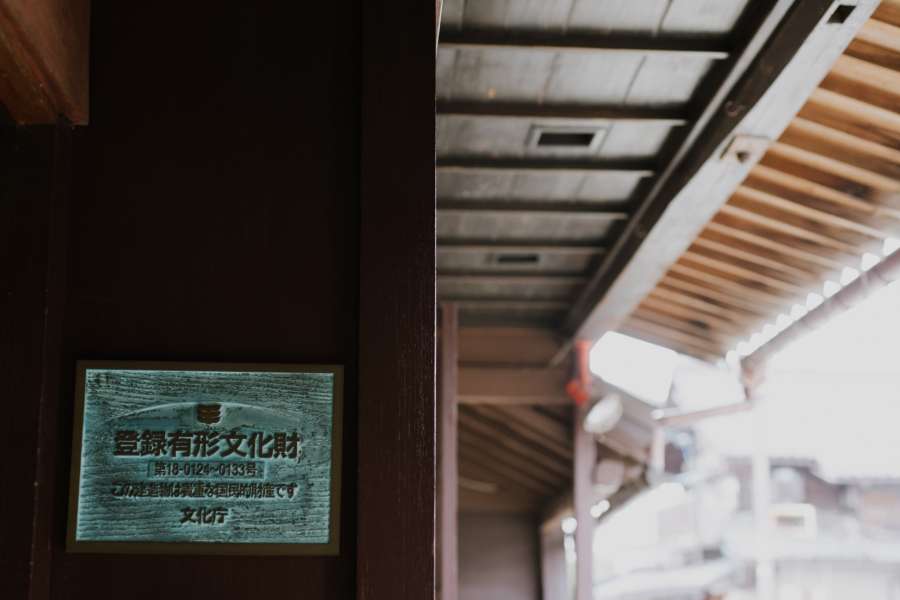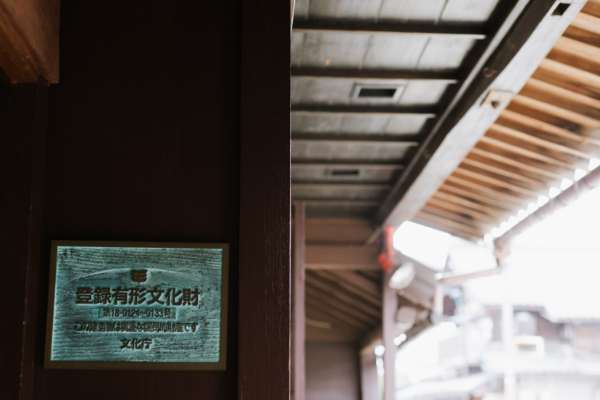History
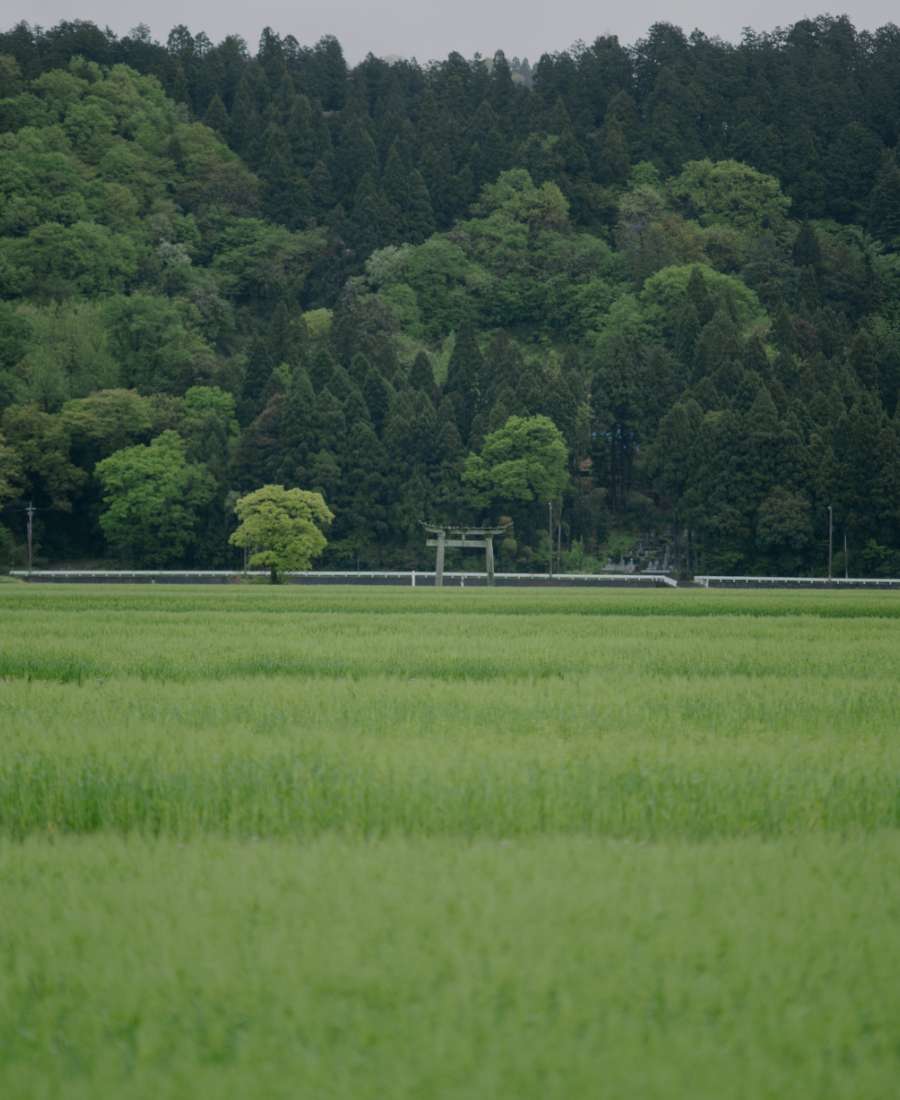
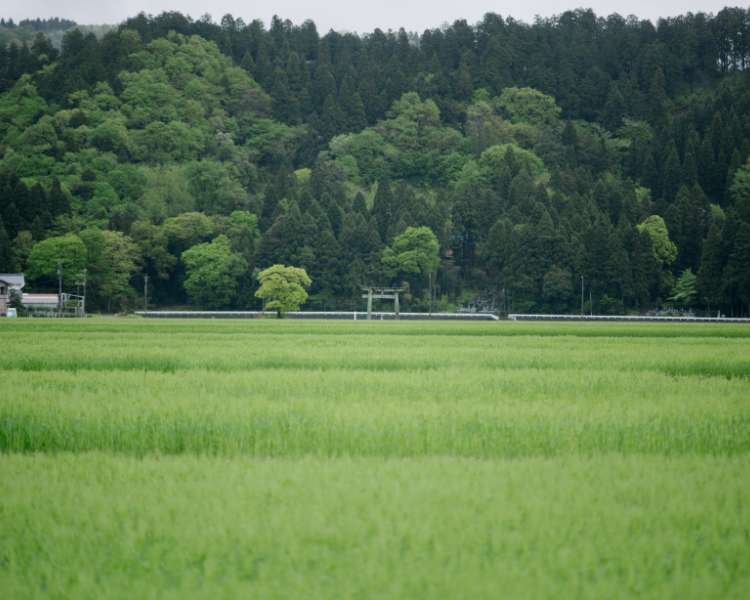
History
現住所である安原町の
由来は
「安本家の原っぱ」
だったから。
そう伝えられるほど古くからこの地に根ざしてきた(一説によると平安時代から続くと言われています)安本家は現当主・安本岳史で47代目を数え、絶やすことなく家業に邁進してきました。
The name of their present residence “Yasuhara-cho” originates in the expression “the field of the Yasumoto family”, reflecting the extent to which the Yasumoto family had laid down roots in this area from a long time ago (one theory states that their lineage dates from the Heian Period). The fact that the present family head, Takeshi Yasumoto represents the 47th generation of the family is testimony to their persistence in the family business.
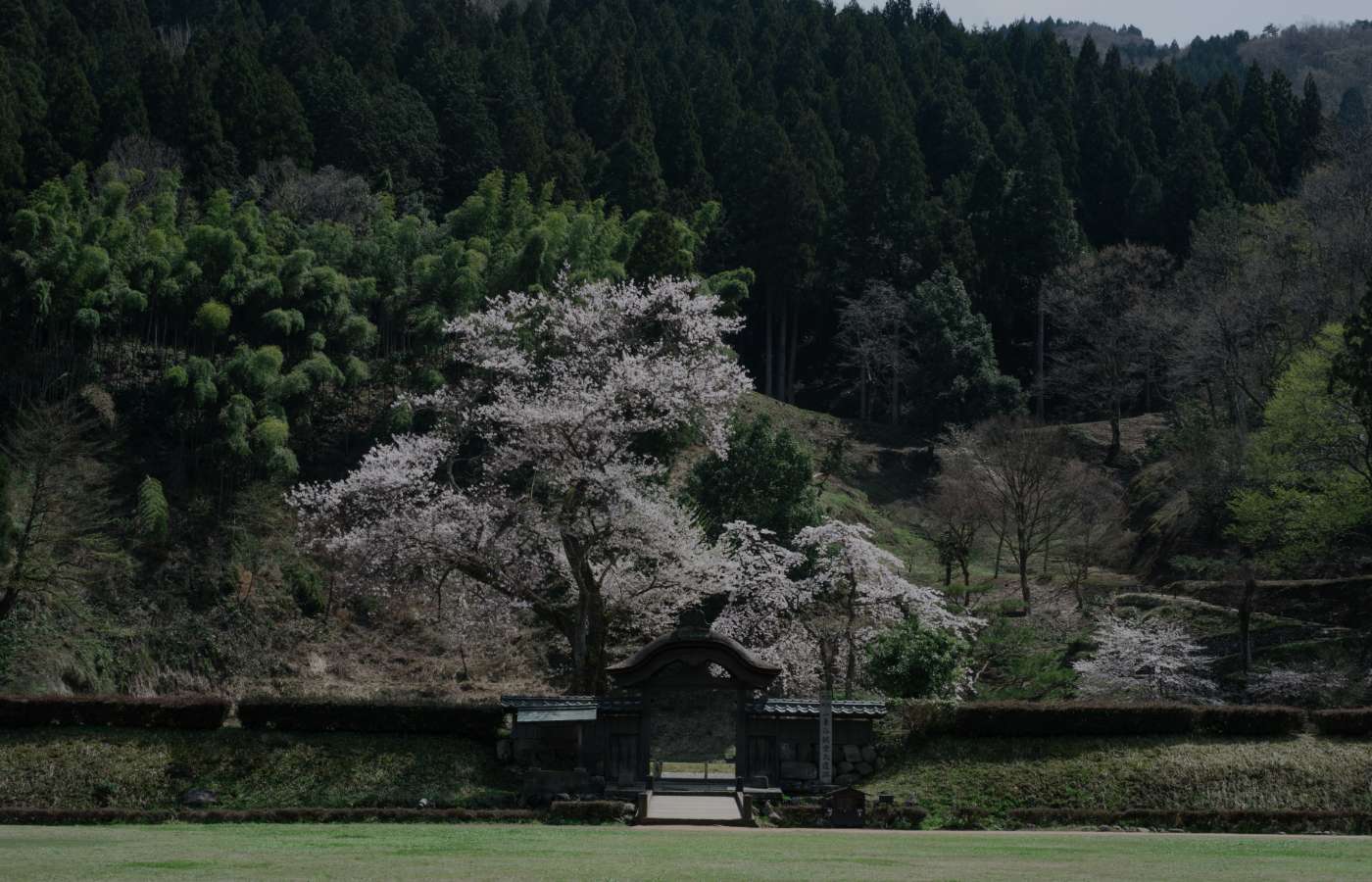
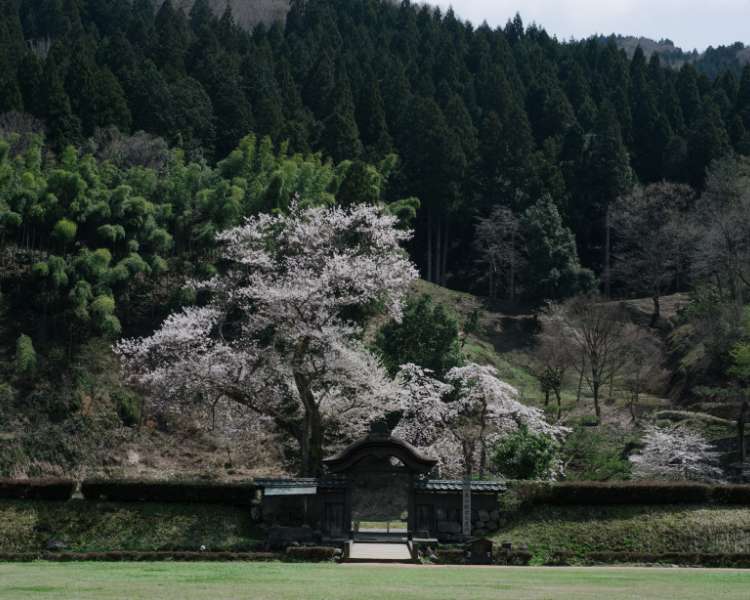
History
蔵が立つ福井県東郷地区は
古くは城下町として栄え、
美味で定評のある
東郷米の産地としても
有名な地域。
蔵の前の旧街道は戦国武将・朝倉義景公の遺跡「一乗谷朝倉氏遺跡」へと通じています。
The Togo area in Fukui Prefecture, where their storehouse stands, prospered as a castle town long ago and is famous for Togo rice, which has an established reputation for its full-bodied flavour. The old road in front of the storehouse connects with “The Ichijodani Asakura Family Historic Ruins,” the ruins of Lord Yoshikage Asakura, a military commander in the Sengoku Era.
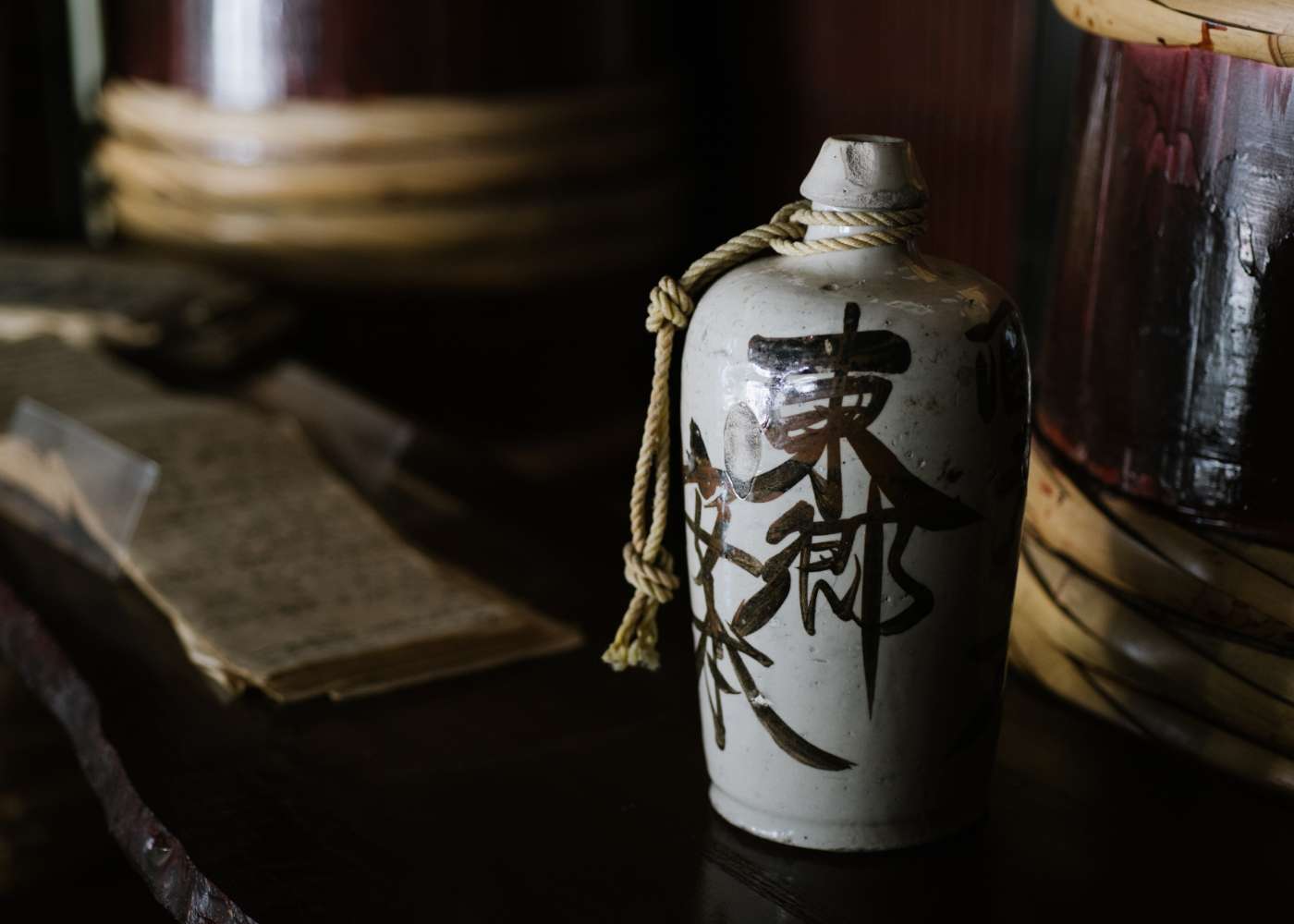
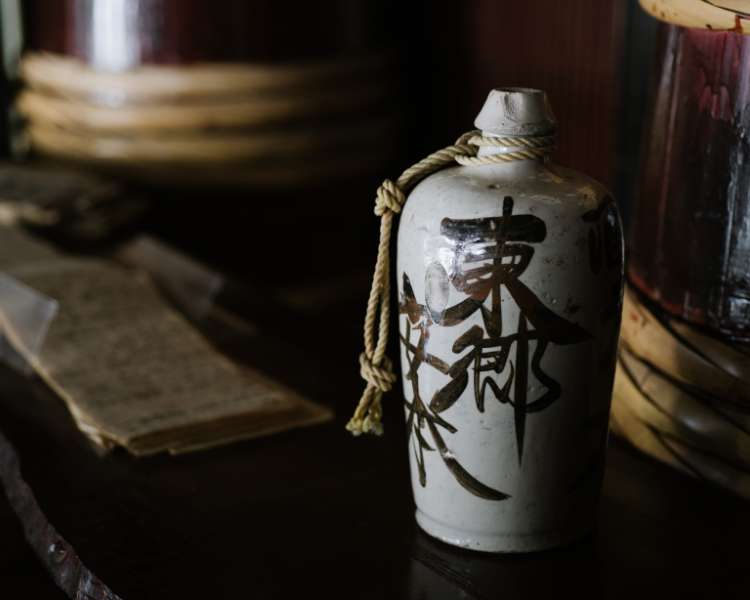
History
ここ福井の地で、
これまでもこれからも、
時とともに
醸し続けてまいります。
両替商から造り酒屋への転身は嘉永6年(1853年)。越前国の松平藩から銘柄「国府司(こくふし)」の藩直轄酒造業を任ぜられ、以降ひたすら酒造りに情熱を傾けてきました。
They started brewing sake in Fukui and intend to continue doing so for many more years to come.In the 6th year of the Kaei Period (1853), the Yasumoto family shifted from money exchange services to sake brewing. The family was appointed by the Matsudaira clan of Echizen Province as the sake brewer of “Kokufushi” under the direct control of the feudal clan, and henceforth they earnestly dedicated themselves to brewing sake.
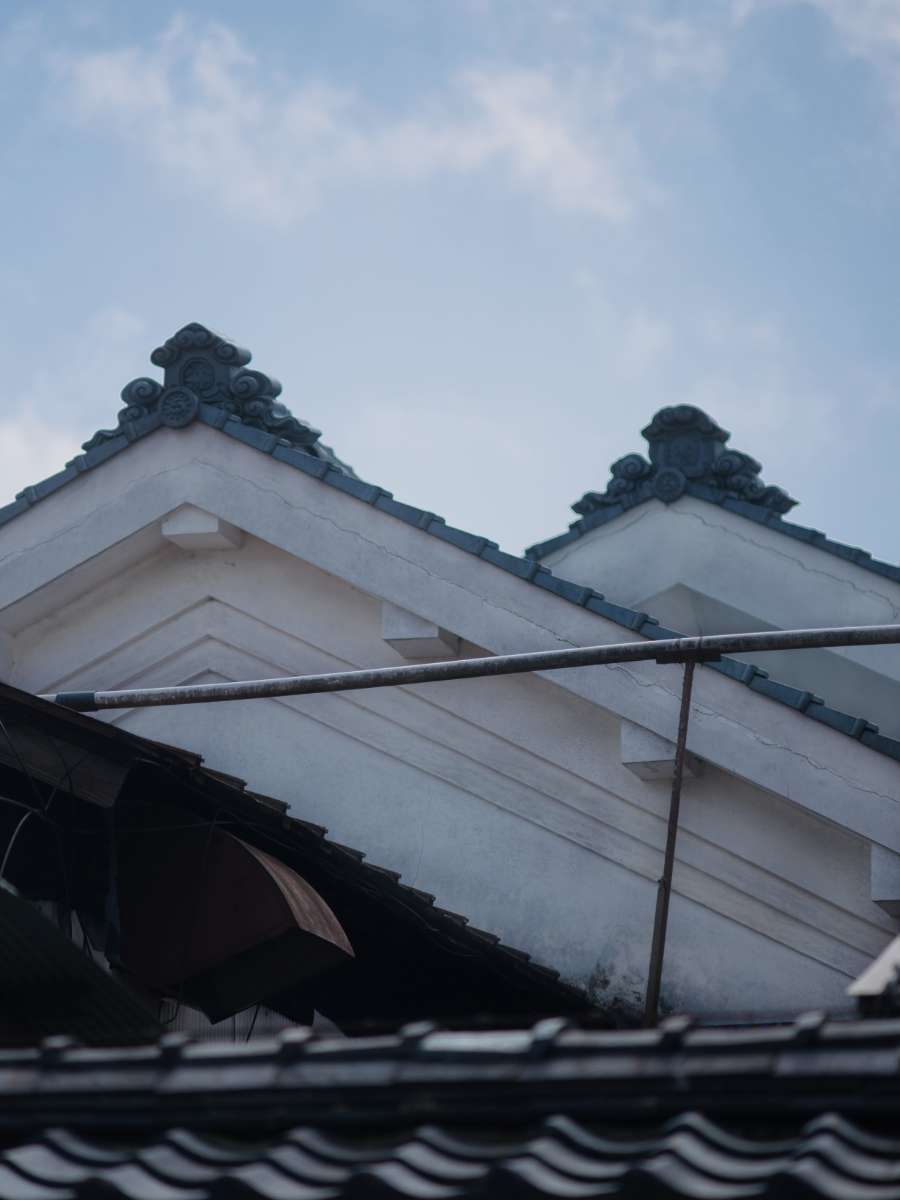
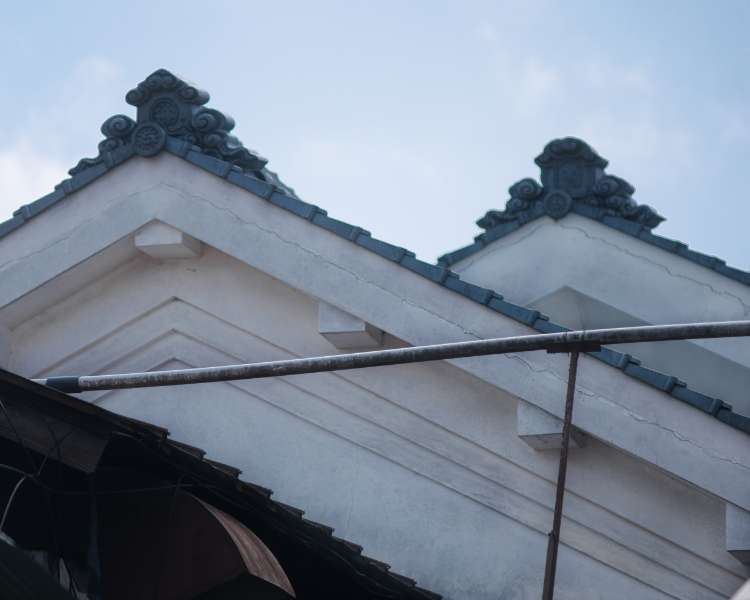
Architecture
登録有形文化財指定蔵
明治中期から昭和初期に建築され、伝統的な造り酒屋の屋敷構えを今なお残す切妻造りの店舗兼主屋や米蔵、土蔵、仕込蔵等の建物は国の登録有形文化財に指定されています。
Built from the middle of the Meiji Period to the beginning of the Showa Period, the buildings such as the shop and main building, rice granary, storehouse, brewing storehouse, etc., leave the impression of a traditional sake brewery with their gabled roofs, and have been nationally designated as registered tangible cultural properties.
